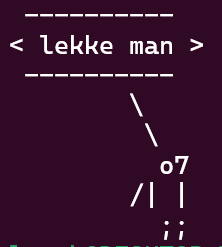Curriculum Vitae
University-Related Projects
Image Recognition for Ancient Manuscripts and Inscriptions (BEng Final Project)
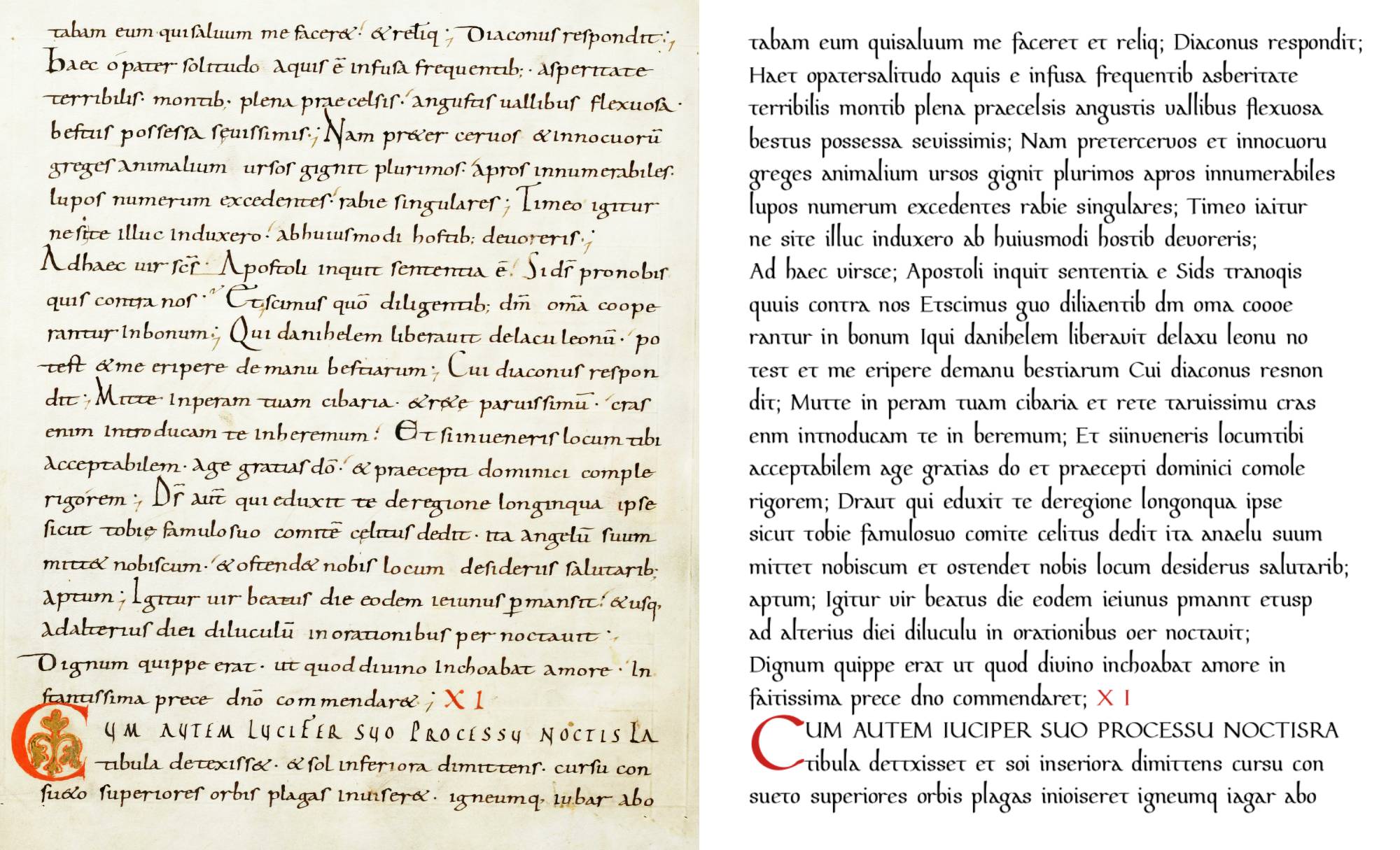
A full end-to-end Optical Character Recognition system created from scratch using only math and hardware libraries on the Nvidia Jetson Nano which transliterates 9th century Carolingian Manuscripts. Received the award for second best electronic engineering final project of the graduating class. Written in Python, CUDA and C++, leveraging Pit Schneider's powerful CombiSeg algorithm as well as the Gated-Convolutional Recurrent Neural Network with Connectionist Temporal Classification as presented by Arthur Flor et al. to create an embedded solution with a 98% character accuracy.
Colour Line following car in PIC18 ASM, EMK310 (Microcontrollers 310)
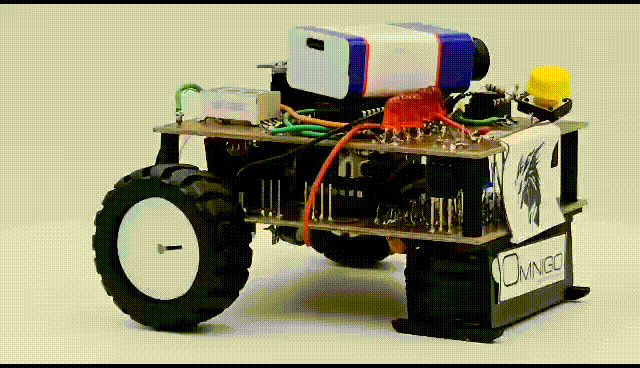
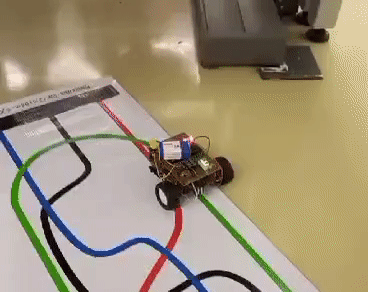
An automatic line following car made to identify and follow lines of various colours, dynamically. Powered by the PIC18F45K22, programmed in 8-bit ASM. Top 15 finisher in the annual EECE Robot Race. The PCB was designed and etched by me using transfer and chemical etching techniques.
Sensor Subsystem for Maze solving car, ELO320 (Electronic Engineering Design 320)
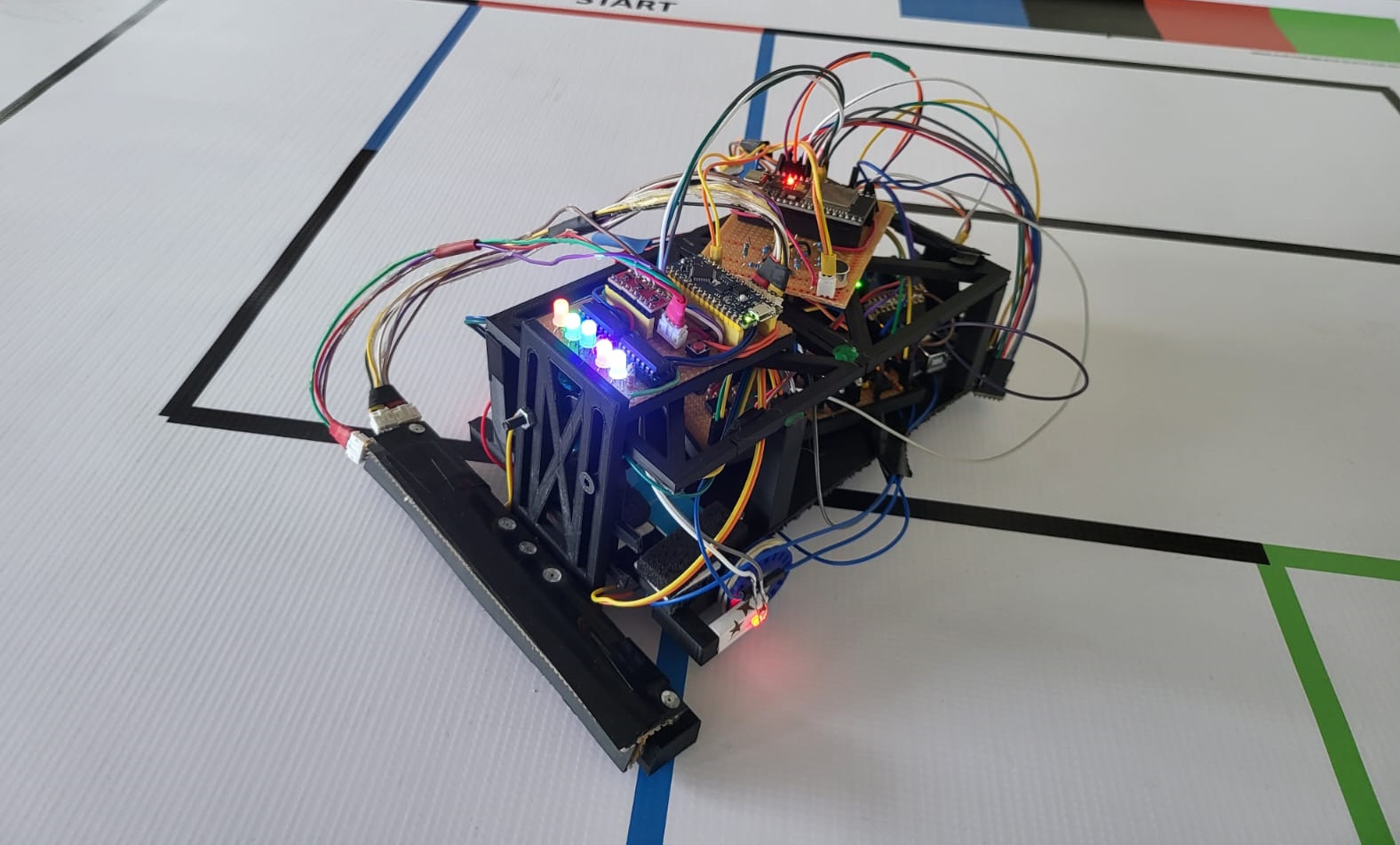
A colour sensing subsystem designed to integrate into a larger maze solving robot, running on an ATMega4809 and programmed in C/C++. The subsystem detects colours on a printed maze and calculates the incedence angle of a line being approached. The sensor is able to dynamically adjust the birghtness of the Strobing LED's used for colour identification. The System was designed to adhere to a set of specifications to ensure modularity and ease of integration with compliant systems.
